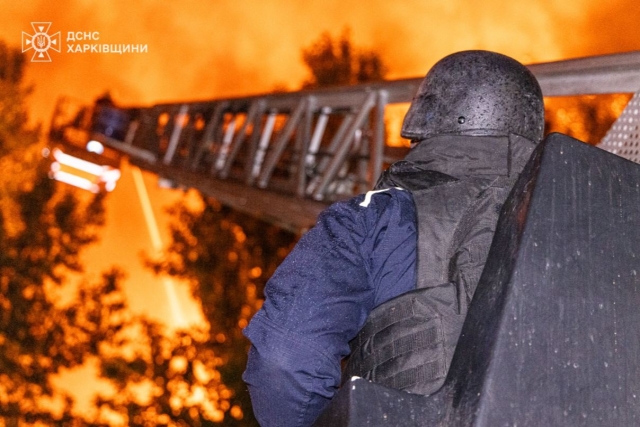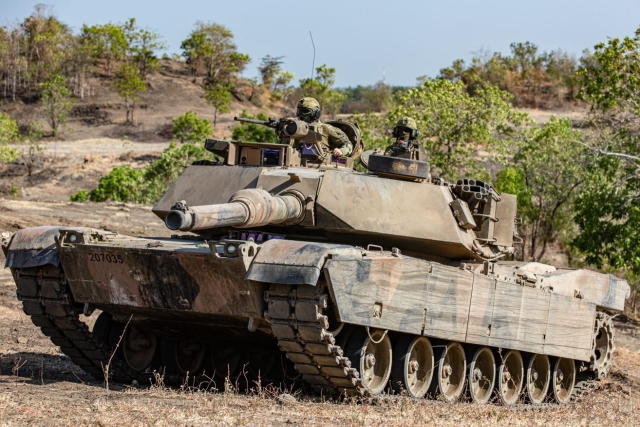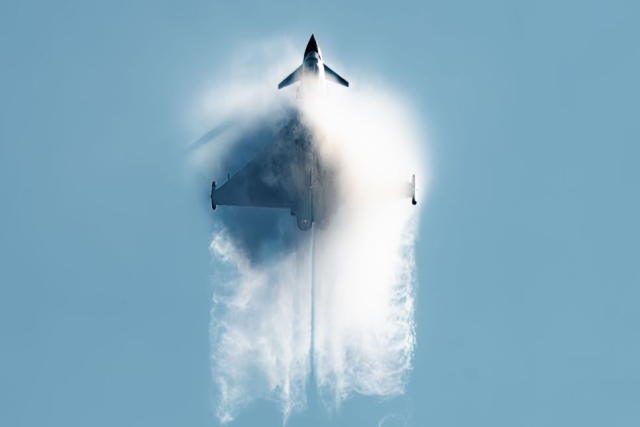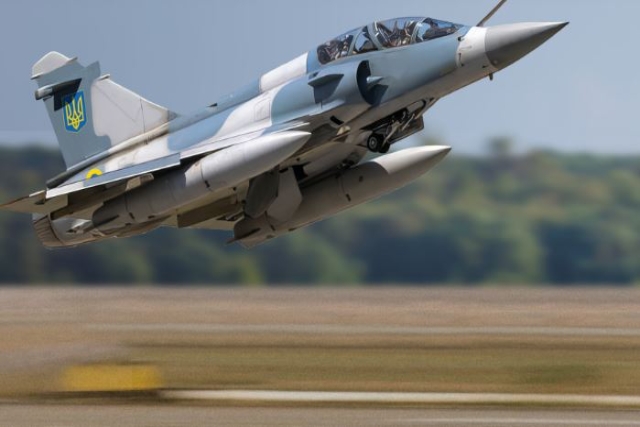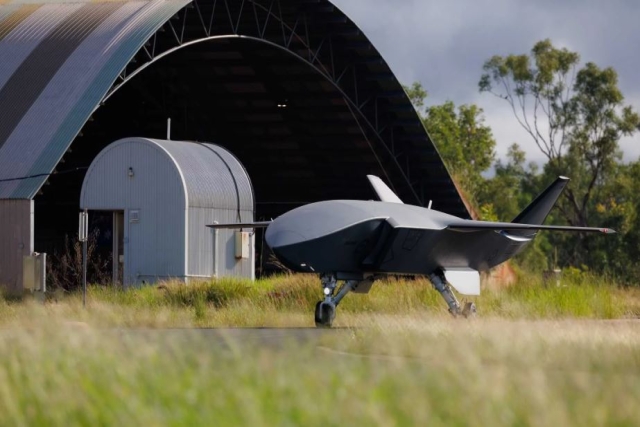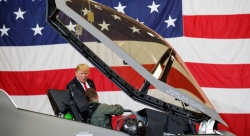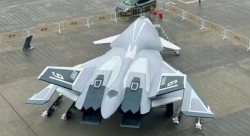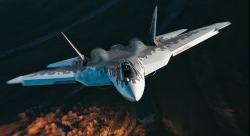Return Alive Foundation Buys Mobile F-16 Maintenance Complexes for Ukraine Air Force
Mobile field units aim to reduce risks, speed up mission readiness, and support F-16 operations far from fixed air bases
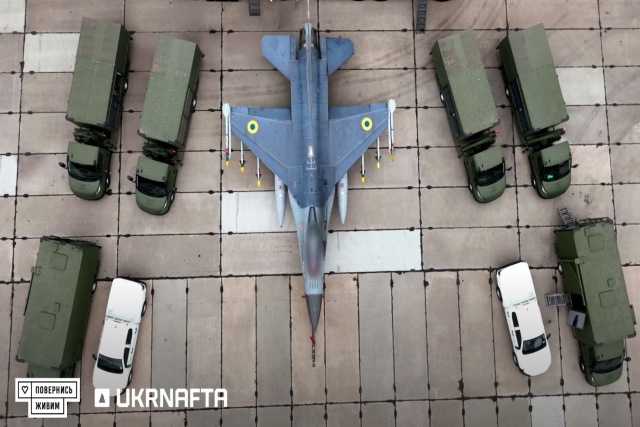
The Ukrainian Air Force has received its first mobile complexes to support the maintenance and preparation of F-16 fighter jets outside of fixed air bases, according to a statement from the Return Alive Foundation.
Procured at the request of the Ministry of Defense, the mobile systems are designed to create a full ecosystem for servicing Western-model aircraft and aviation weapons. These complexes can be deployed at both main and forward-operating airfields, improving flexibility and security. The first units have been delivered to the Air Command Center and will directly support F-16 operations.
The project cost 51.3 million hryvnias ($1.23M), with 49.4 million provided by the state-owned oil company Ukrnafta. Previously, F-16s in Ukraine had to be transported to specific airfields for inspections, arming, and checks—processes that exposed them to increased risk from enemy missile strikes. The mobile systems are expected to allow faster mission preparation at any landing site, including emergency locations, while reducing personnel requirements and improving response time.
Two types of mobile complexes were developed: one focused on aircraft maintenance and another for pilot training and mission planning. The maintenance unit includes a workshop for preparing and testing aviation weapons, two vans for transporting and attaching ammunition, and a pickup truck for logistics. This setup replaces the earlier need for 10–12 personnel just to load one munition—now reduced to three people, with the process completed in half the time.
The mission planning complex includes a working module for pre-flight briefings and communication, along with a residential module for crew rest during long shifts or relocations. The key advantage of both systems is their mobility, enabling operations to shift rapidly between airfields or respond to emergency landings, while keeping teams prepared for extended missions.
These mobile complexes mark a new phase in adapting Western aircraft to Ukraine’s dispersed battlefield conditions, enhancing both survivability and combat efficiency.

